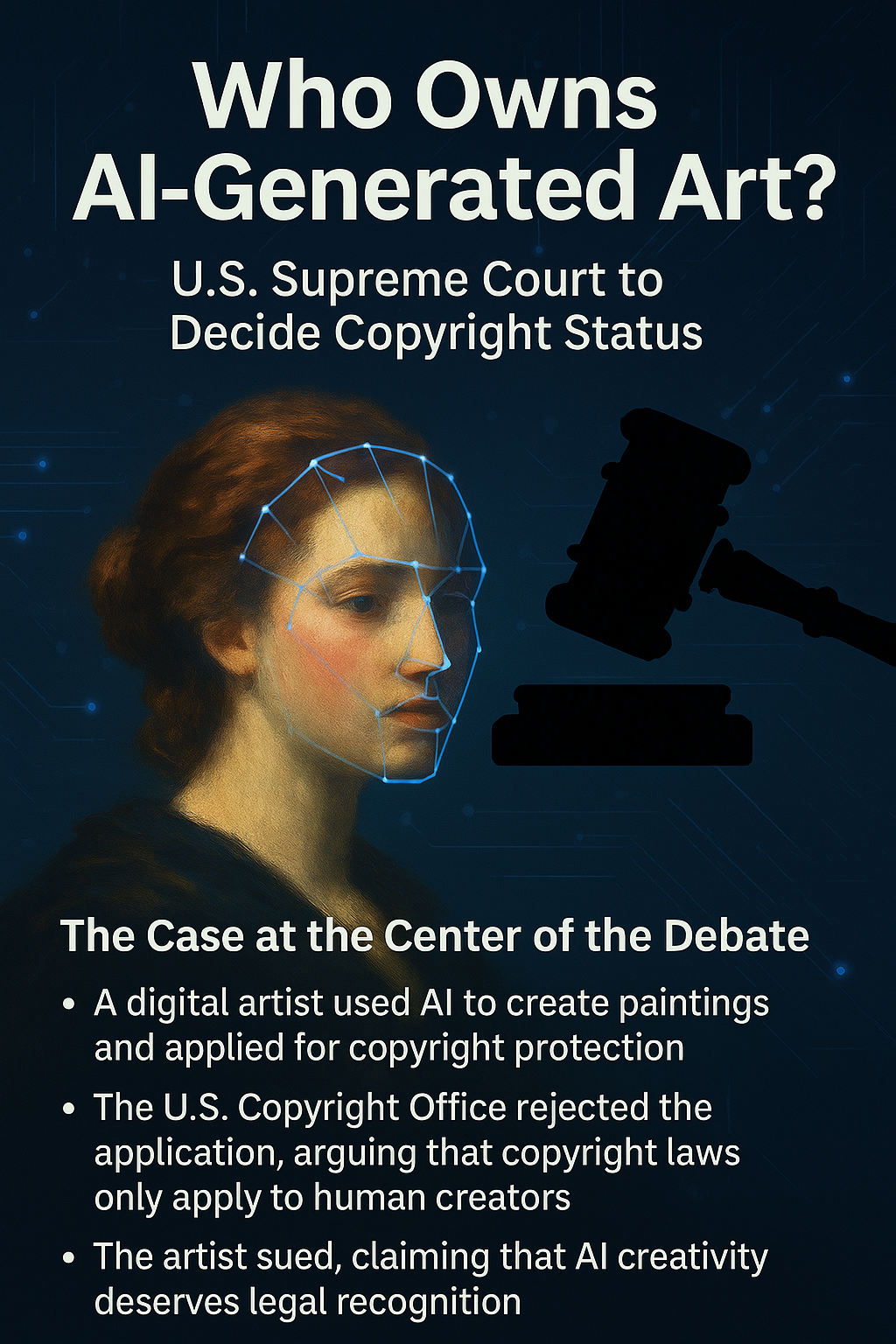Scope of Trademark Protection under Intellectual Property
Scope of Trademark Protection under Intellectual Property Law
1. What is Trademark Protection?
Trademark protection grants the owner exclusive rights to use a specific mark (word, logo, symbol, or combination) to identify goods or services, thereby preventing others from using identical or confusingly similar marks in commerce. It safeguards the brand's identity and goodwill from unfair competition.
2. Scope of Trademark Protection
The scope determines how broadly a trademark owner’s rights extend, including:
A. Types of Marks Protected
Word Marks: Brand names like "Coca-Cola."
Device/Logo Marks: Symbols like Nike's swoosh.
Combination Marks: Word plus logo.
Service Marks: Marks identifying services rather than goods.
Trade Dress: Overall look and feel of a product or packaging.
Sound, Color, or Motion Marks: Less common, but protectable if distinctive (e.g., MGM’s lion roar).
B. Classes of Goods and Services
Trademark rights generally apply to the specific class(es) of goods or services for which the mark is registered. The protection scope depends on:
The class of goods/services.
Whether the goods/services are related or unrelated.
The likelihood of confusion among consumers.
C. Geographical Scope
In national registrations (e.g., India, U.S.), protection is usually limited to that country.
International treaties (e.g., Madrid Protocol) allow broader protection through centralized filings.
Protection applies where the mark is known or used.
D. Duration of Protection
Trademark protection lasts as long as the mark is in continuous use and renewed periodically (e.g., every 10 years).
Protection can be lost through abandonment or genericide (when a mark becomes generic, e.g., “aspirin”).
3. What Does Trademark Protection Cover?
Exclusive use of the mark in commerce.
Right to prevent unauthorized use of identical or confusingly similar marks.
Protection against:
Counterfeiting
Passing off
Dilution of famous marks
False advertising
4. Limits to Trademark Protection
Protection applies only when there is a likelihood of confusion.
Does not protect functional features or generic terms.
Fair use exceptions exist (e.g., descriptive or nominative fair use).
5. Case Law Illustrations
✅ Cadila Health Care Ltd. v. Cadila Pharmaceuticals Ltd. (2001) – Supreme Court of India
Issue: Whether the marks “Falcitab” and “Falcigo” were deceptively similar.
Held: Even minor phonetic similarities could cause confusion, especially in pharmaceutical products.
Importance: Protection scope includes phonetic similarity and the nature of goods/services.
✅ Tata Sons Ltd. v. Greenpeace International (2011) – Delhi High Court
Issue: Greenpeace used the mark "Tata" in a campaign.
Held: Greenpeace's use was non-commercial and in the public interest, not trademark infringement.
Importance: The scope of protection excludes fair use and non-commercial criticism.
✅ Daimler AG v. Hybo Hindustan International (1994) – Delhi High Court
Issue: Use of “Benz” and logo on unrelated goods.
Held: The mark was well-known; use on unrelated goods was infringement by dilution.
Importance: Protection extends to famous marks against dilution, even on unrelated goods.
✅ Qualitex Co. v. Jacobson Products Co., Inc. (1995) – U.S. Supreme Court
Issue: Whether a color can be trademarked.
Held: Color can be a trademark if it has acquired distinctiveness.
Importance: Expands scope to non-traditional marks like color.
6. Summary of Scope
| Aspect | Scope Detail |
|---|---|
| Type of Marks | Words, logos, sounds, colors, trade dress |
| Goods/Services Classes | Protection in registered classes; related classes considered |
| Geographic Scope | National or international based on registration |
| Duration | Indefinite, subject to use and renewal |
| Rights Granted | Exclusive use, prevent confusingly similar marks |
| Limitations | Fair use, non-commercial use, functionality, generic terms |
Conclusion
The scope of trademark protection is broad but not unlimited. It ensures brand owners can protect their marks from misuse that causes confusion or dilution, while balancing fair competition and free expression. Courts evaluate factors such as similarity, consumer perception, and nature of goods/services to determine infringement.







0 comments